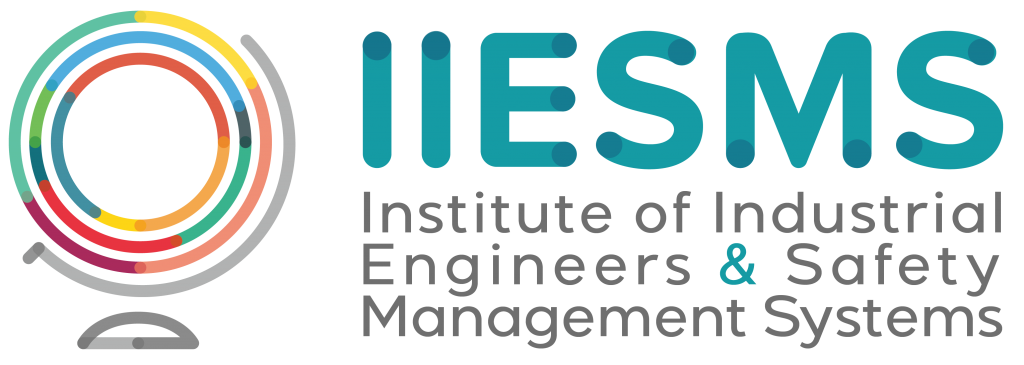The Certified Fire Safety Engineer (CFSEng.IIESMS) credential from the Institute of Industrial Engineering and Safety Management Systems (IIESMS) is a prestigious professional certification that validates an individual’s proficiency in fire safety engineering. This certification, achieved through a dedicated training program or an examination process, is highly valued by employers as it ensures that an individual possesses the necessary qualifications to perform a specific job effectively and efficiently.
Eligibility Requirements
To become a Certified Fire Safety Engineer at IIESMS, candidates must meet the following criteria.
Educational Qualifications
- Irish National Framework of Qualifications (NFQ) Level 8 qualification in a fire safety engineering discipline or
- A primary degree in engineering accredited by IIESMS or
- An equivalent qualification recognised by IIESMS.
Professional Experience
- At least four years of relevant postgraduate experience in fire safety engineering.
- This experience should demonstrate progression and increasing levels of responsibility in engineering practice.
Professional Competence
Candidates must demonstrate competence in key areas, including:
- Application of engineering knowledge.
- Management of engineering work.
- Effective communication.
- Professional conduct and ethical practice.
- Continuing professional development (CPD).
Professional Review
- Submission of a detailed report outlining the candidate’s engineering experience and how it meets the required competencies.
- A professional interview is conducted by IIESMS, where the candidate’s experience and competencies are assessed.
Continued Professional Development (CPD)
- Active engagement in CPD activities to maintain and enhance professional skills and knowledge.
- Certified Members must keep their CPD record updated to maintain their status and ensure their skills, knowledge, and experience remain current.
Flexibility and Waivers
The National Council has the authority to waive the Master’s requirement if an applicant has sufficient professional experience and meets the requirements of a competent person as defined within Irish legislation.
Peer Review Process
Registration as a Certified Member is based on a peer review process that evaluates education, competence, and commitment. The process includes:
- Education is demonstrated through academic qualifications or a technical report.
- Competence and commitment are assessed through a professional review of a written practice report and a review interview.
- Reviews measured against the specified standards contained in EU-SPEC.
Fees and Membership
Members who achieve Certified Membership are entitled to use the designatory letters CFSEng.IIESMS. The fees associated with the certification process include the following:
- Registration: €15.00
- Grade Review Fee: €495.00
- Practice Review: €175.00 (Alternative Route Only)
- Report Re-assessment: €120.00 (Where applicable – Alternative Route Only
- Interview Assessment: €75.00
- Administration Fee: 20% of the total application process fee (On successful application)
- Annual Subscription Rates: €295.00
Conclusion
Achieving the CFSEng.IIESMS certification is a significant milestone in a professional’s career, offering recognition and credibility and exciting opportunities for career advancement within fire safety engineering.
